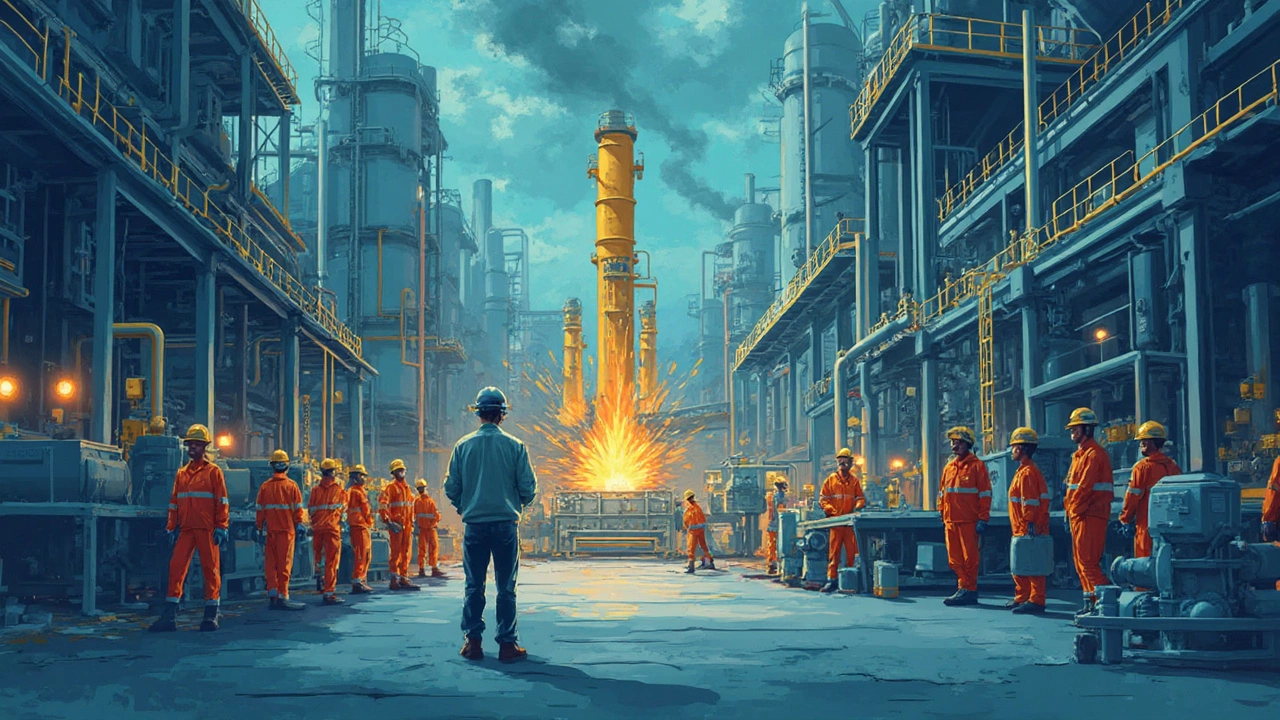Chemistry in India: Trends and Industry Impact
When talking about Chemistry in India, the network of research, production, and application of chemical processes that power the country’s economy. Also known as the Indian chemical sector, it fuels everything from life‑saving drugs to everyday plastics. Pharmaceutical industry, the segment that turns active ingredients into market‑ready medicines relies heavily on advanced synthesis techniques, while plastic manufacturing, the process of converting petrochemical feedstock into polymer products converts raw monomers into packaging, automotive parts, and consumer goods. Likewise, textile dyeing, the application of chemical colourants to fabrics for fashion and technical uses adds value to India’s massive garment output. These three sub‑domains illustrate that chemistry in India encompasses research, large‑scale production, and end‑user applications, creating a chain where innovation in one area ripples through the others.
Key Industries Powered by Chemistry
The pharmaceutical industry, valued at over $40 billion, combines organic synthesis, biotech, and regulatory science has a clear edge thanks to India’s strong base of chemistry graduates and government incentives. Companies like Sun Pharma and Cipla push new formulations by optimizing active‑ingredient pathways, reducing cost per dose, and meeting global quality standards. In the realm of plastic manufacturing, states such as Gujarat and Tamil Nadu lead with high‑volume resin plants, producing polyethylene, polypropylene, and specialty polymers. These polymers fuel the packaging boom, automotive lightweighting, and even medical device production, showing how raw chemical output translates to tangible products. Meanwhile, the textile dyeing sector, centered in hubs like Tirupur and Surat, applies azo, reactive, and disperse dyes—chemical families that dictate colour fastness, environmental compliance, and cost. Recent shifts toward water‑based and bio‑derived dyes reflect a growing demand for greener chemistry, aligning with stricter pollution norms and consumer preferences.
Beyond these headline areas, chemistry touches food processing, agro‑chemicals, and emerging tech like AI chips, where silicon etching relies on precise chemical baths. The synergy is clear: stronger chemical research fuels better pharma pipelines; efficient polymer chemistry cuts costs for manufacturers; innovative dye chemistries keep textile exports competitive. Readers will find below a curated mix of analyses—ranging from high‑demand product forecasts to deep dives on manufacturing hubs—that illustrate how chemistry in India drives growth across sectors. Dive in to see data‑backed trends, profit‑boosting insights, and practical examples that can help you navigate India’s chemical landscape.
